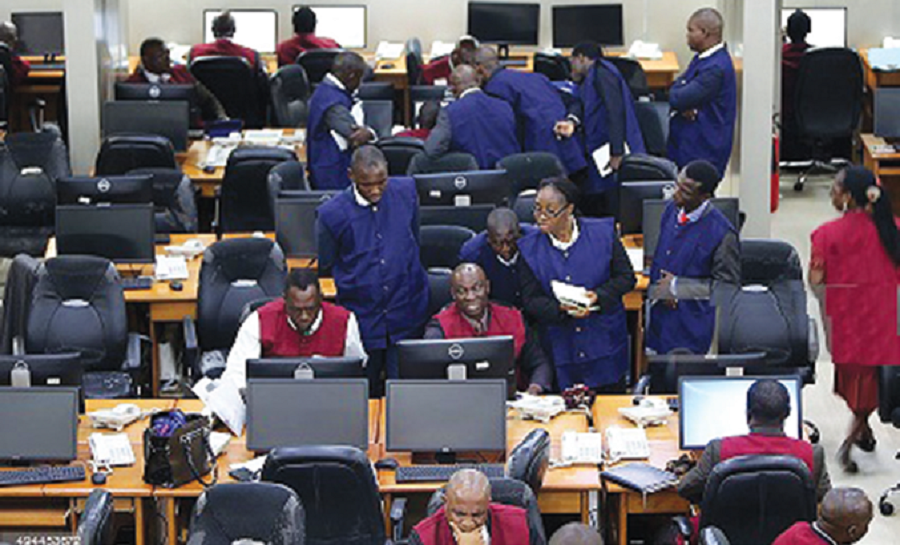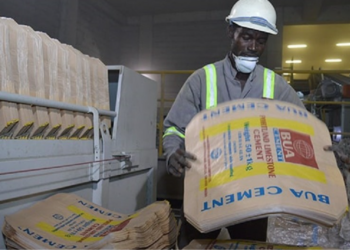The Cement Company of Northern Nigeria Plc (also known as Sokoto Cement), in a release made available to Nairametrics, has announced a proposed merger with Kalambaina Cement. The Nigerian Stock Exchange (NSE) has been informed by CCNN in this regard.
The merger will see the enlarged company’s cement production, upon approval by regulatory authorities (that is the Nigerian Stock Exchange and the Security and Exchange Commission, SEC), at a capacity of 2 million metric tonnes per annum.
CCNN currently own a Sokoto Cement Plant that boasts of 500,000 metric tonnes per annum and BUA also owns Kalambaina Cement Plant in Sokoto state with a production capacity of 1.5 million metric tonnes per annum. Also, the companies will further, through separate court-ordered meetings, obtain the approval of their respective shareholders.
As a consideration for the proposed merger, the shares of CCNN will be issued and alloted to all shareholders of Kalambaina Cement, subsidiary of BUA Cement, in exchange for their shares in Kalambaina Cement at an agreed ratio based on CCNN’s 30-day volume weighted average closing price (VWAP) to June 22, 2018 of N25.99 per share. This means each shareholder in Kalambaina Cement will be entitled to 19,811,372 new ordinary shares of CCNN for every 100,000 shares of Kalambaina Cement.
Recall that Nairametrics reported that BUA Cement was considering listing on the Nigerian Stock Exchange, as disclosed by the group’s founder Abdulsamad Rabiu.
In its FY 2017 results, CCNN hit a record profit high. The company’s revenue was up 35% from ₦14 billion in 2016 to ₦19.5 billion in 2017. Profit before tax jumped 141% from ₦1.7 billion in 2016 to ₦4.2 billion in 2017. Profit after tax increased by 157% from ₦1.2 billion in 2016 to ₦3.2 billion in 2017.
CCNN stocks are currently trading at N24.45 on the floor of the NSE. Year to date, the stock is up 142.51%
About Cement Company of Northern Nigeria Plc
Cement Company of Northern Nigeria Plc (CCNN), was incorporated in 1962 and commenced production in 1967, with an initial installed capacity of 100,000 metric tonnes per annum at the Kalambaina plant. The need to meet the increasing demand for cement necessitated an expansion of the plant with the commissioning of the second line with an installed capacity of 500,000 tons per annum in 1985. Thereafter, in 1986, the first line was shut down in 1986, leaving the plant with a rated output of 500,000 metric tonnes per annum. CCNN was listed on the NSE on October 4, 1993.
Under the privatization and commercialization programme of the Babangida administration in 1992, the Federal Government of Nigeria divested about 20% of its holding in the company and sold it to the Nigerian Public. In 2000, during the Obasanjo administration, CCNN was earmarked for full privatization, and as such, a public bidding for the Company was concluded and Scancem International ANS of Norway, a member of Heidelberg Cement Group was appointed as core investor and technical partner of the Company. Following a strategic re-orientation, Heidelberg Cement Group divested its CCNN shares in 2008. The Nigerian company Damnaz Cement Company Limited became CCNN’s new core investor.
In 2010, BUA International Limited acquired Damnaz Cement Company Limited and became indirectly the majority shareholder in CCNN and its technical partner.



















Will this merger between BUA and CCNN lead to an increase in the number of shares outstanding for CCNN ? If yes, by how much ?